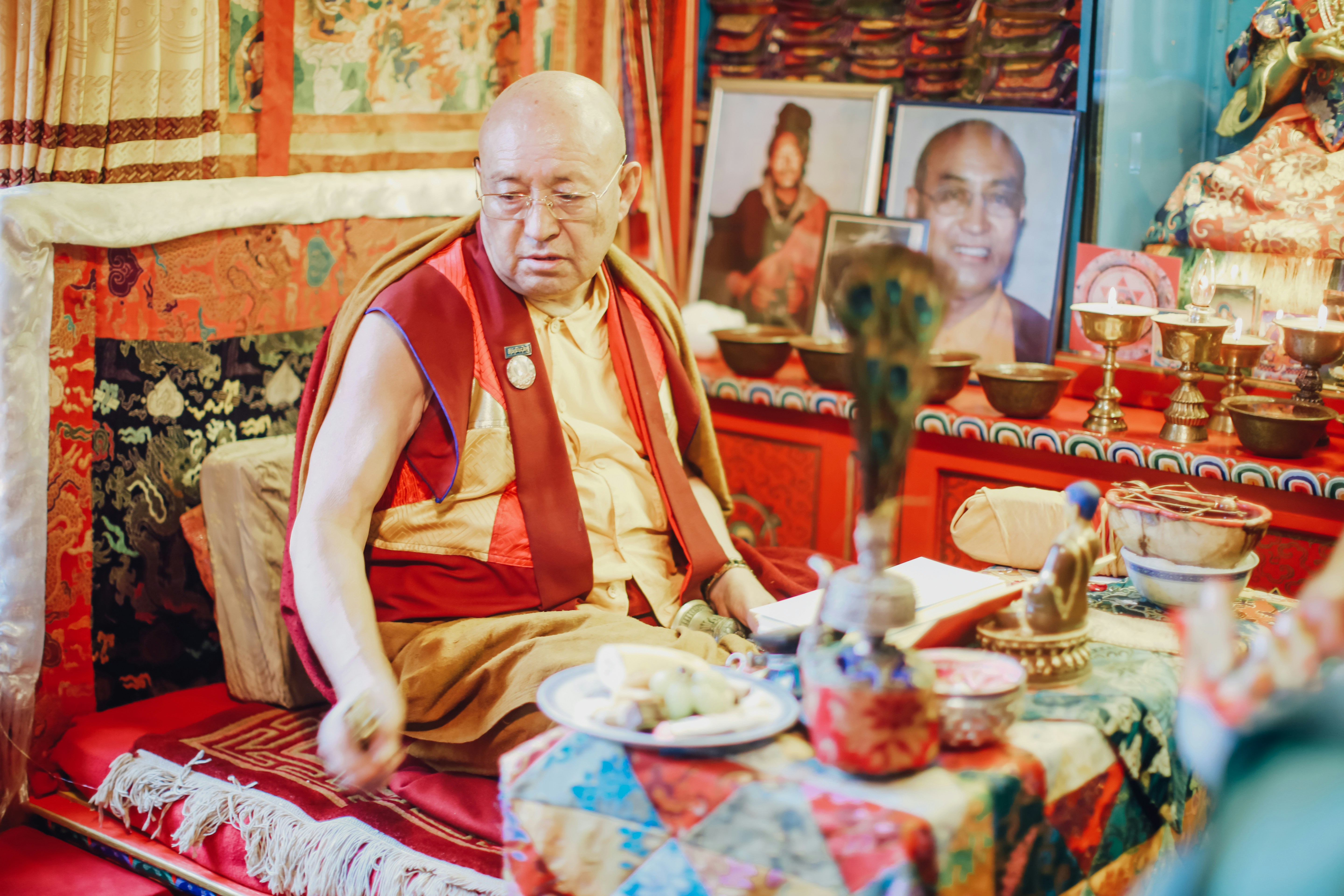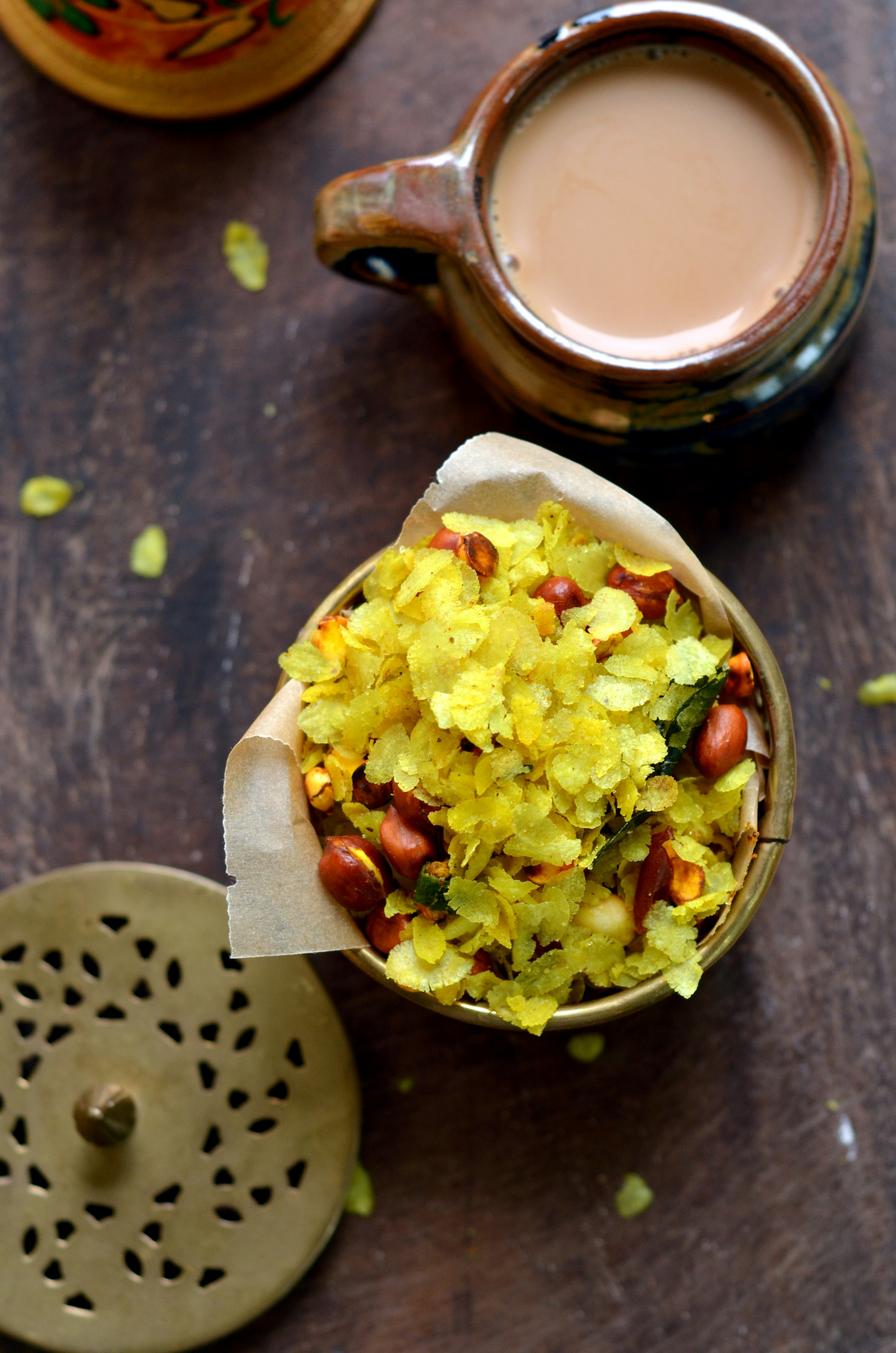The Significance of Tibetan Robes in Culture
Tibetan robes, known locally as chuba, play a pivotal role in the cultural fabric of Tibet, serving not only as attire but also as a symbol of identity, spirituality, and tradition. Traditionally, these garments are worn by both men and women and are integral to various rituals, festivals, and daily life, showcasing the rich heritage of the Tibetan people. The chuba’s design varies depending on the occasion, the wearer’s social standing, and the region, reflecting the diversity within Tibetan culture.
The significance of Tibetan robes extends to their use in numerous cultural and religious ceremonies. During important festivals, such as Losar, the Tibetan New Year, individuals don vibrant chubas adorned with intricate patterns and colors that symbolize auspiciousness and prosperity. These garments are not merely for adornment; they are a means of expressing one’s connection to Tibetan Buddhism and the prevalent spiritual beliefs. For instance, the use of specific colors often carries deep meanings; for example, red, a symbol of life and triumph, and green, signifying nature and balance, embody the essence of Tibetan philosophy and spirituality.
The geographical influences of the Tibetan Plateau also play a significant role in shaping the style and materials of these robes. The cold climate necessitates the use of thick, warm fabrics such as wool, which are practical yet culturally significant. Moreover, Tibetan textile art is often infused with local motifs and symbols, making each chuba a unique representation of the landscape and cultural narratives of the respective region.
In addition to their cultural implications, Tibetan robes serve as a medium through which the community expresses its resilience and heritage. As such, the chuba embodies more than just functional attire; it acts as a testament to the enduring spirit of Tibetan culture amidst changing times.
Types of Traditional Tibetan Robes
Tibetan clothing is deeply rooted in the region’s culture and geography, with traditional robes reflecting the rich heritage of the Tibetan people. Among the most notable garments is the chuba, a versatile robe that serves as a staple in the Tibetan wardrobe. Typically made of wool, the chuba is designed to accommodate the cold climate of Tibet. Its loose fit allows for ease of movement, making it suitable for both daily wear and ceremonial occasions. The chuba is often worn belted at the waist, allowing for individual expression through different styles and colors.
Another significant garment is the del, characterized by its long sleeves and more fitted structure compared to the chuba. The del is commonly worn by both men and women, and its design varies regionally, with some featuring intricate patterns or embroidery. Typically made from lighter fabrics, the del is favored during warmer months or at gatherings and festivals. Often paired with traditional accessories, such as jewelry and shoes made of yak leather, the del exemplifies the elegance of Tibetan apparel.
Additionally, various regional variations of these robes exist, each with distinct features that reflect local traditions and climates. For instance, in the warmer regions of Tibet, lighter and more breathable fabrics may be preferred, while in the colder areas, thicker wool is often utilized. The robes are tailor-made for specific occasions, ranging from casual everyday use to significant cultural or religious events, where more elaborate versions are worn to honor the celebrations. Through their design and craftsmanship, traditional Tibetan robes not only provide warmth and comfort but also serve as a symbol of identity and cultural pride for the Tibetan people.
Materials and Craftsmanship Behind Tibetan Robes
Tibetan robes, rich in cultural significance and history, are typically crafted from a variety of materials, each selected for its unique properties and aesthetic appeal. Wool, silk, and cotton are the primary fabrics used in these traditional garments, each contributing to the robe’s functionality and visual appeal. Wool, especially from local sheep, is celebrated for its insulation, making it ideal for the cold climates of Tibet. The soft texture of silk adds a touch of elegance, often used in more formal attires, while cotton, known for its breathability, is favored for everyday wear.
The craftsmanship involved in creating Tibetan robes is a meticulous process that reflects centuries of artisan skills. Weaving techniques are often passed down through generations, with artisans using traditional looms to create intricate patterns and designs. The dyeing process further enhances these robes, with natural dyes derived from local plants and minerals providing vibrant colors that hold cultural significance. These time-honored methods not only yield sturdy textiles but also embody the identity and heritage of the Tibetan people.
However, the landscape of Tibetan robe-making is not without challenges. The pressures of modernization and globalization have significantly impacted traditional craftsmanship. While modern materials and manufacturing processes can offer convenience and lower costs, they often sacrifice the quality and uniqueness of handmade textiles. Many artisans find themselves balancing the demand for contemporary styles with the desire to preserve their cultural heritage. As a result, there is a growing movement among consumers to support handmade garments, recognizing the artistry and effort that go into creating each piece. The continued appreciation for traditional Tibetan robes ensures that the skills and materials used in their creation remain relevant in a rapidly changing world.
Contemporary Adaptations of Tibetan Robes
The traditional Tibetan robe, known as the chuba, has undergone significant transformations as contemporary fashion designers draw inspiration from its rich heritage. This blending of old and new creates a unique dialogue between Tibet’s cultural history and the demands of modern aesthetics. Designers are now infusing traditional Tibetan motifs, fabrics, and colors into their collections, producing pieces that resonate with today’s fashion sensibilities while honoring their origin.
Contemporary adaptations of Tibetan robes often incorporate innovative materials that enhance comfort and functionality. While traditional chubas were made from heavier wool or silk, modern interpretations might utilize lighter fabrics that allow for greater wearability in urban settings. These adaptations often maintain the chuba’s distinct silhouette but might experiment with fit and styling to appeal to younger audiences. As a result, the traditional garment not only preserves its cultural significance but also adapts to contemporary trends.
The growing interest in Tibetan traditional attire amongst younger generations is another noteworthy aspect of this evolution. These younger individuals are increasingly turning to their cultural roots, seeking clothing that reflects their identity. This resurgence is facilitated by social media platforms, where visually compelling representations of Tibetan fashion gain worldwide visibility. Fashion influencers and celebrities often wear these contemporary designs, further amplifying appreciation for Tibetan culture through modern attire.
Global interest in Tibetan culture is evident in many fashion weeks and exhibitions that celebrate the unique craftsmanship and rich history of Tibetan garments, elevating them onto the international stage. This newfound visibility helps foster a greater understanding and respect for Tibetan traditions while allowing the chuba to evolve in meaningful ways. Thus, contemporary adaptations of Tibetan robes not only honor their cultural legacy but also bridge the gap between tradition and modernity.

